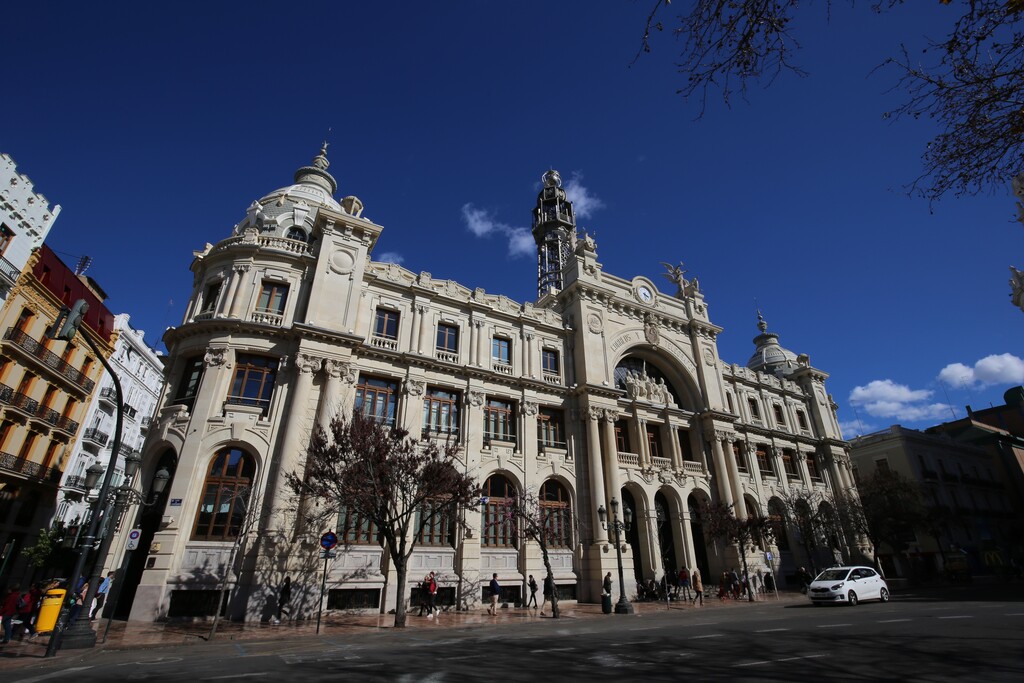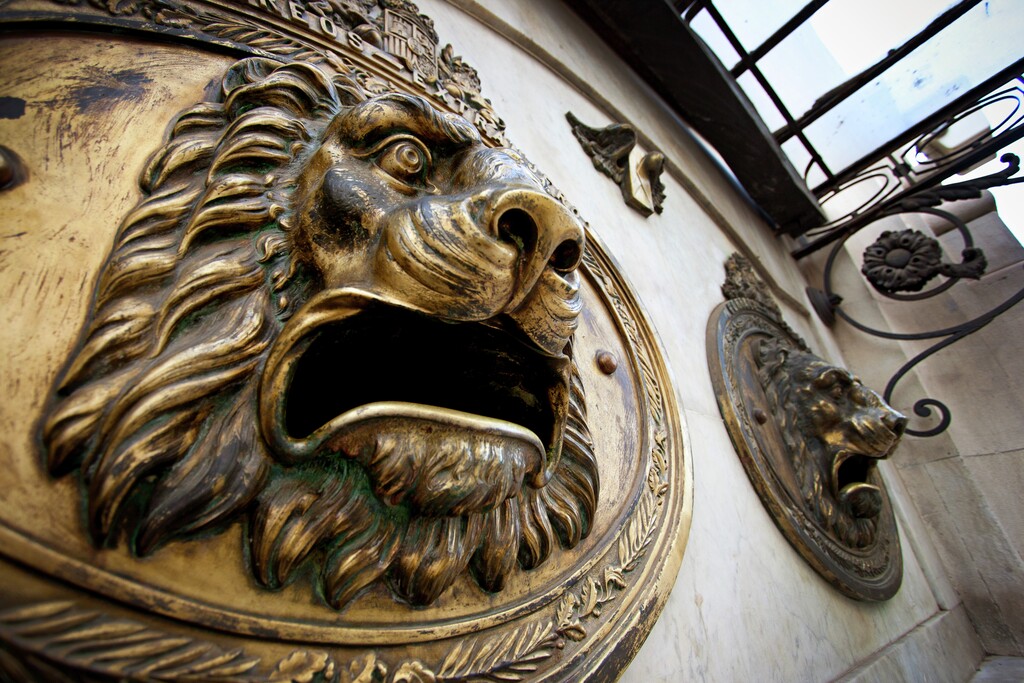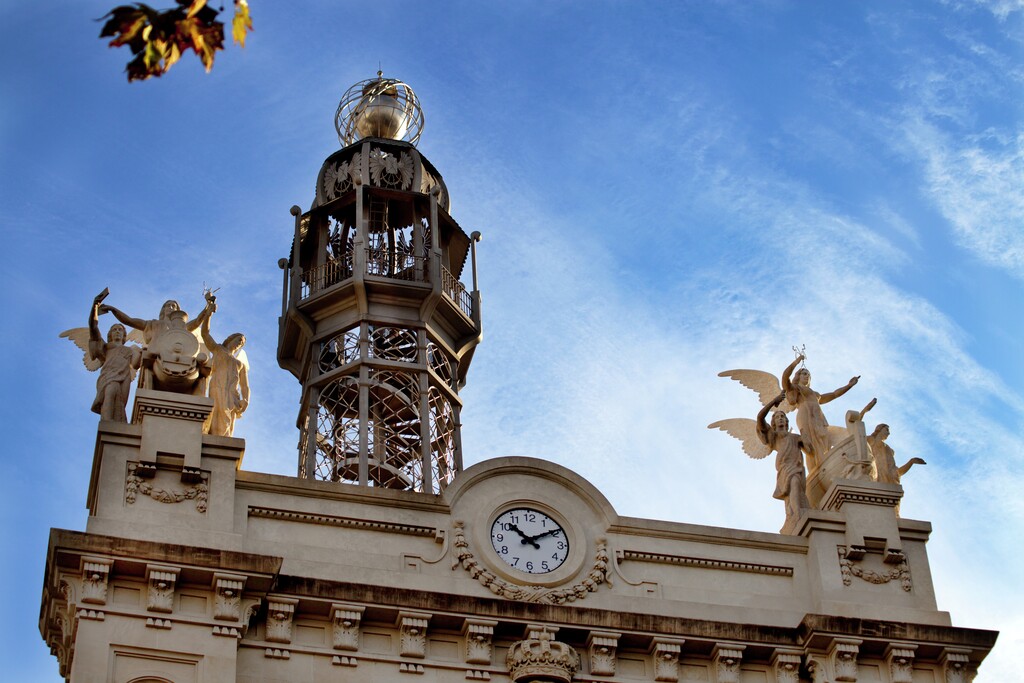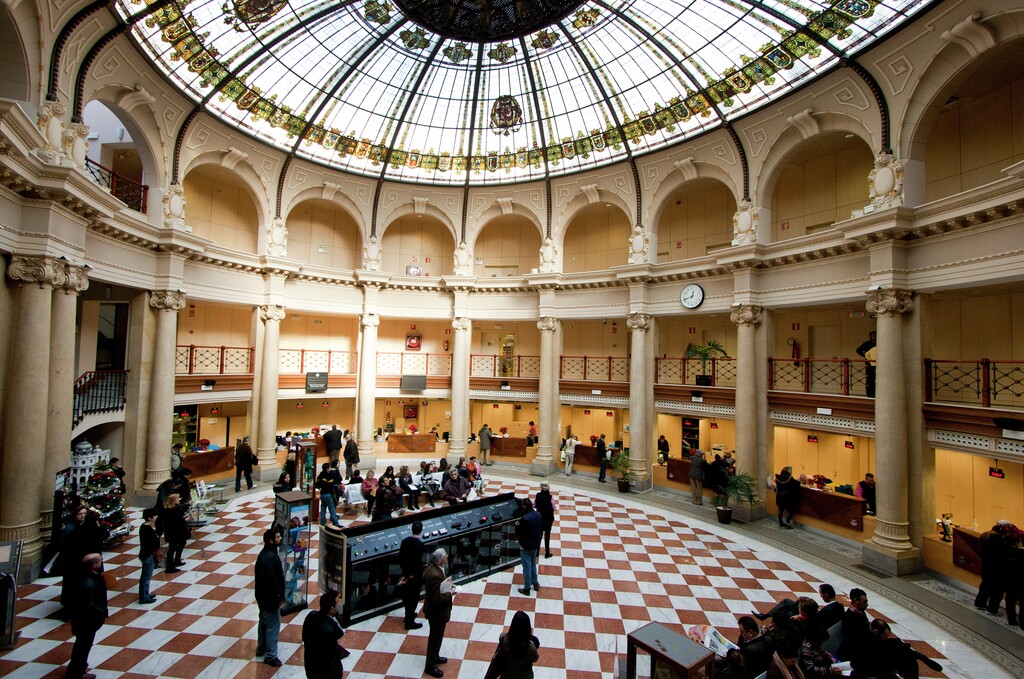



The Palacio de Comunicaciones is added to the heritage sites that can be visited in Valencia
| 02.05.2022 | 17:30
One of the most iconic buildings of Valencian architecture from the first quarter of the 20th century is added to the heritage sites in the city that are open to the public. It is the Palacio de las Comunicaciones, an outstanding example of eclectic style of French origin, combined with elements of Valencian modernism. The former Post Office and Telegraph building of Valencia can be visited from Tuesday to Sunday from noon to 8 p.m.
With the regional government's purchase of this four-story building, which has a total surface area in excess of 9,400 square meters, one of the most important examples of the city's historical heritage, which is on the list of Local Heritage Sites, is now open to the public. It is located in the heart of Valencia, right in the Plaza del Ayuntamiento.
It is the work of the prestigious Zaragoza architect Miguel Ángel Navarro Pérez and was built between 1915 and 1922. The allegorical figures that adorn its façade, both in the tympanum and in the crowning elements next to the clock, were intended to symbolize the progress that postal and telegraphic communications brought in its time. The five continents that symbolize international interconnections - a common thread in the history of this historic building - are recognizable.
One of the details that gives it more personality is its slender metal turret, recovered after the previous remodeling of the building. Its viewpoint is topped with an ornate astrolabe. Of note inside is the large stained-glass window in the courtyard designed by the Maumegean brothers, consisting of three hundred and seventy panels with the coats of arms of the forty-eight Spanish provinces.
The recognition of this architectural jewel, which coincides with the commemoration of its first hundred years, is taking place alongside the renaming of this emblematic building, which will once again be known as the Palacio de las Comunicaciones. The intention of public managers is to turn it into a permanent open communication space and a benchmark cultural center with the capacity to project content around the world. And to open it to receive all those who are eager to explore it and enjoy its unquestionable appeal.
